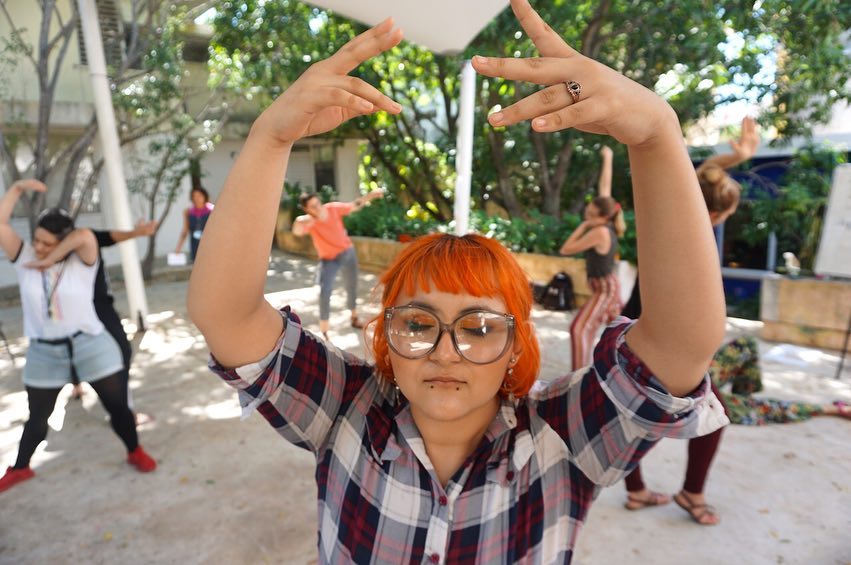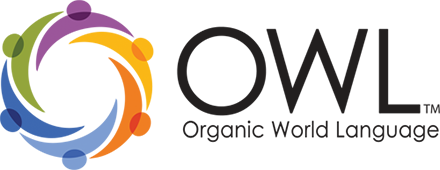
As we continue to teach in these uncertain times and continue to focus on our students’ social-emotional well-being, are we looking after our own emotional and mental health? It has been said many times that we can not fill the cups of others if our own is empty. Going into the winter and the holiday season may feel daunting, so let’s look at some opportunities to help ourselves while modeling good self-care for our students. Allowing students to see you taking care of you gives them permission, and the tools through good modeling, to take care of themselves.
Using meditation and breathing exercises is an excellent way to create a moment to collect yourself. Stress is a fact of life and can’t be avoided, but we can adopt a healthier way to manage it. Using breath focus helps to disengage from distracting thoughts and concerns and helps to kickstart the relaxation response, a technique first developed by Harvard cardiologist, Dr. Herbert Benson. Find a place to sit or lie down comfortably. Breathe normally for a moment or two then take a deep breath through your nose allowing your chest and belly to rise, fully inflating the lungs. Slowly let the air out through your nose or your mouth. Try adding some imagery that you find relaxing to aid in the relaxation. Try to practice this relaxation response 10-15 minutes every day!
Spend time outside in nature to aid in release of anxiety and stress. Ecotherapy is a scientific field that explores the connection between mental health and time outside, specifically in nature. According to a 2015 study, researchers discovered that walking in nature helped to lower the activity in the prefrontal cortex, the part of the brain that controls executive function. Can’t get out into nature? Play nature sounds instead! A Scientific Reports study that was published online March 27, 2017 demonstrated that when listening to nature sounds the brain shows an outward-directed focus, similar to what is experienced when in nature. This leads to relaxation and wakeful rest periods allowing the brian to release anxiety and stress. Try making walking in nature or listening to nature sounds a part of your normal routine 20-30 minutes three times a week.
Find your tribe for connection to something bigger than yourself and to feel the sense of belonging to keep you going. It is human nature to crave intimacy and belonging. It is also an excellent preventative medicine. There is copious scientific data that proves loneliness to be an enormous risk to your health. Finding your tribe alleviates the feeling of being alone. During this time of so much at-home time, it can feel as if we are completely isolated. This is far from true, and we all have a tribe to turn to for support and connection. Even in these virtual or socially distanced times; don’t be afraid to reach out, ask for help, offer help, show vulnerability, and continue to build friendships. Make it an essential part of your self-care routine! Friendship, aka your tribe, is built through common experiences shared, illustrated by C.S. Lewis who said, “Friendship is born at that moment when one person says to another: ‘What! You too? I thought I was the only one.’”
Don’t be afraid to prioritize yourself and your well-being. This is true in the most ‘normal’ of times and even more essential now. Taking care of yourself will fill your cup and give you the tools and the energy to overflow, filling the cups of others around you, but can only happen when your cup is full. What will be your first step to self-priority? Take that step today!
